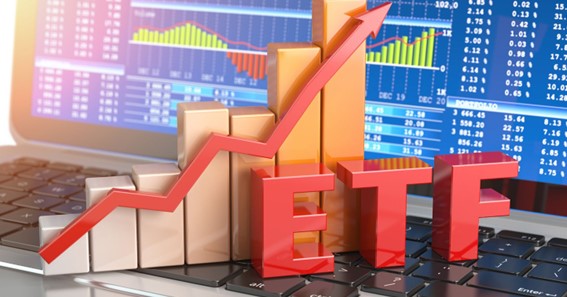When you think about investing for the future, the first things that spring to mind probably aren’t ethical or sustainable investments. But with markets seemingly on edge at all times and trust in big business steadily declining, it’s worth considering your options when it comes to choosing a fund that aligns with your values. With so many different types of investment available, there is almost certainly an ETF to suit your needs as an investor. But how do you know which funds are ethically and sustainably responsible? Do some ETFs tick these boxes better than others, or are they all pretty much the same?
Here’s a breakdown of all you need to know about ethical and sustainable ETFs.
What Are Ethical and Sustainable ETFs?
An ethically and sustainably responsible ETF (or ESG ETF) is a mutual fund focusing on sustainable and responsible investment. The investment manager chooses to invest in companies that meet certain sustainability or ethical criteria.
An ethical ETF is, therefore, a combination of owning company shares and engaging with and voting at shareholder meetings. It is similar to an environmental, social, and governance (ESG) fund, but an ESG fund is a passive fund that seeks to avoid companies with poor ESG ratings. An ethical ETF, however, actively invests in companies with good ESG ratings.
How Do You Identify a Sustainable or Ethical ETF?
When choosing an investment, it’s essential to understand what makes it different from other options on the market. For example, you might be able to save money on fees by choosing an ETF with a low expense ratio. You can determine how much each fund charges by looking at their expense ratios.
Similarly, when trying to identify an ethical ETF, there are a few key things to look for. First, you should check for specific ESG ratings. These are independently verified reports that reveal how sustainable a company is. You can find these ratings in the fund’s prospectus or other details or check them online. You can also check which companies the fund has invested in. You can do this by looking at the fund’s holdings online.
How to Choose a Sustainable ETF
There are many different types of sustainable investment, including sustainable agriculture, energy, and real estate. Each of these sectors has its own leading ETFs, so the first thing to do is decide which type of investment you want.
Once you’ve made your choice, you can narrow down your options by looking at a few key things. You’ll want to find out how the fund has performed over time and how it stacks up against its peers in terms of risk. You’ll also want to check out the management team and see whether they have the experience and expertise to handle your money responsibly and profitably.
Choosing a fund, you should check its prospectus or other details for a sustainability rating. You can also check the fund holdings to see whether they meet your sustainability requirements.
You should ensure that the fund is a good fit for your risk tolerance and goals. This will help you narrow down your options, as some funds are better suited to long-term savings than others.
And finally, you can ask your financial advisor to recommend an ethically and sustainably responsible fund since they probably know better about what’s available in the market.
In Conclusion
Investing isn’t just about making money – it’s also about making a difference with your money. And with this in mind, choosing an investment that aligns with your values makes sense. An ethically and sustainably responsible ETF can greatly add to your investment portfolio.
It’s essential to research before making a final decision, though. This way, you can make sure you’re choosing a fund that is a good fit for your needs and risk tolerance.







